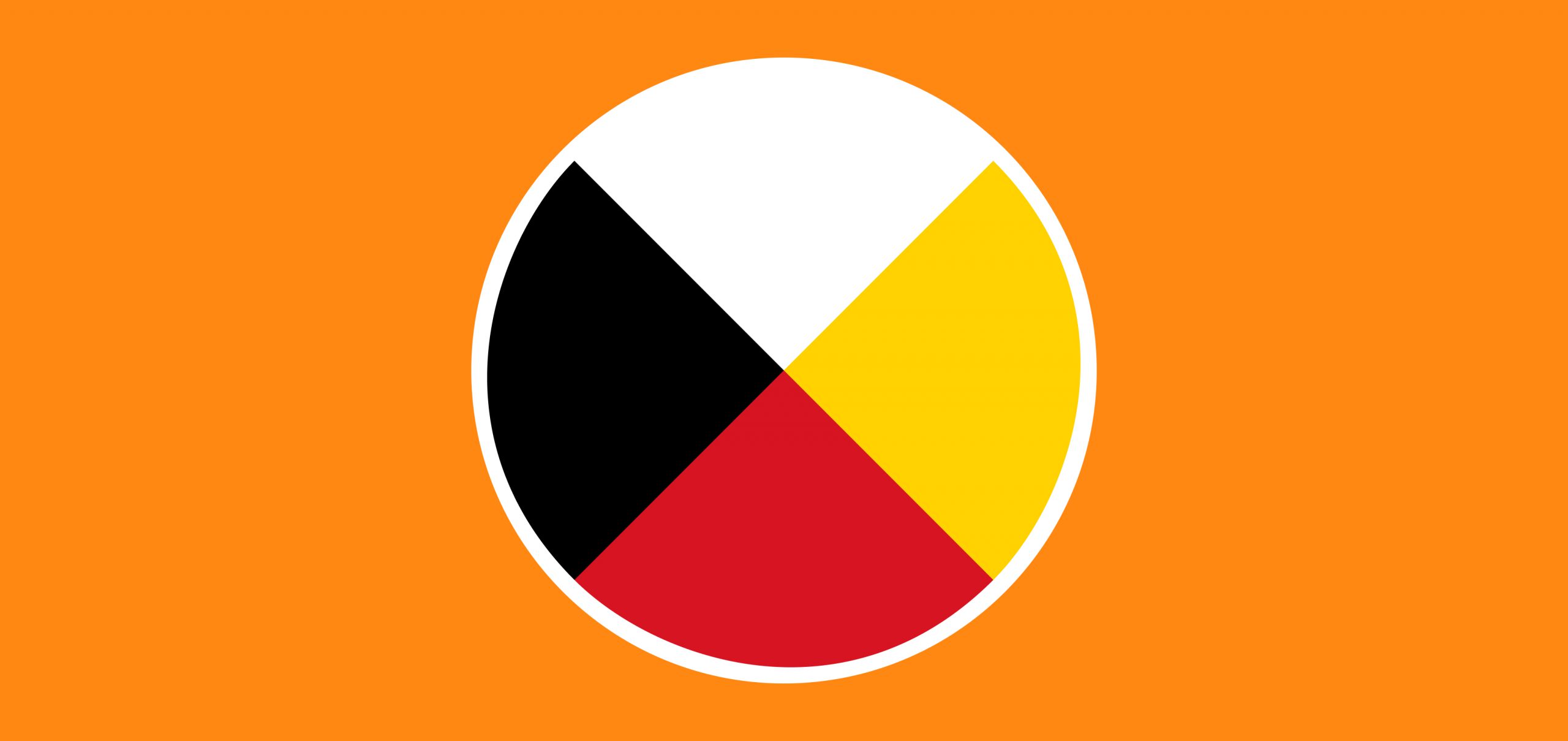This is the 1st of our 4-part series on Indigenous cultures and issues in Canada. You can read about the history of Indigenous peoples in Canada and about Residential Schools and their legacy.
Written by: Leslie Anne St Amour, a member of the Bonnechere Algonquin First Nation
Long before the first European settlers arrived in the 16th century, a multitude of people had been living all across the expanse of the area that is known today as Canada.
Many newcomers to Canada are unfamiliar with the diversity and richness of the Indigenous cultures in Canada. This article’s purpose is to introduce newcomers to some basic facts about Indigenous people, and some common cultural elements that are shared by many Indigenous groups. There are far too many different Indigenous cultures, nations and languages in Canada for any one person to teach everything there is to know, let alone in one article, but I hope this article will serve as a place to start learning.
Understanding the diversity of Indigenous people and culture
Before diving into a conversation about this diversity and richness, it’s important to understand the terminology used. Indigenous people in Canada include the following three groups: First Nations, Inuit, and Métis.
- Inuit refers to the Indigenous people who live in the Northern regions of Canada, generally above the Arctic Circle.
- First Nations refer to the many different nations living in the non-Arctic regions of Canada.
- Métis are a distinct people and culture which arose from communities of First Nation and European fur traders.
Historically, Indigenous people in Canada were often referred to as Indians. Today, this is not the preferred term to refer to Indigenous people, however, it is still used in some legal documents due to that historic use. For example, the terms “status” or “status Indian” are used in the Indian Act, which is a law which regulates much of life for First Nations. “Status” refers to whether or not an Indigenous person is considered as Indigenous by the Canadian government.
The Canadian government recognizes 634 different First Nations across Canada, and nearly 50 different languages. Each of these First Nations is a community which exists on a reserve (land set aside by our federal government for the use and occupancy of a First Nation group).
These 634 First Nations are each part of one of 50 larger nations. There are roughly 53 Inuit communities in Canada across the North. There are eight government recognized Métis settlements in Canada, all of which are in Alberta. Beyond these Indigenous specific communities, Indigenous people live across Canada in rural communities, small towns, suburbs and big cities; anywhere you find Canadians living.
What newcomers can learn from Indigenous beliefs and practices
While all Indigenous nations across Canada are unique and rich in their diversity, there are some aspects which are shared by many nations.
An emphasis on sustainability
Many of the Indigenous nations within Canada view themselves as in relationships with other living creatures. These relationships have obligations and expectations that flow from all involved. Many Indigenous nations do not view humans as better or more important than any other animal species. These differences in how people see the world can even be found in some Indigenous languages which can be more verb based than English.
One way you can see this perspective around relationships in cultural practices is the principle of “Seven Generations.” The basic premise is that the decisions we make today should ensure a sustainable future for those who will be living seven generations from now.
The earliest records of this concept are believed to be found in the Great Law of Haudenosaunee Confederacy. It is a philosophy that many neighbouring nations also have adopted in their cultural views as well.
Equity
Another commonality amongst many Indigenous nations is the prevalence of circles in cultural practices. Much of natural life is viewed as circular: the seasons, life cycles, the sun and the moon. The circle is also used to represent equity, and how no one is in an elevated position compared to another. One example of this is the use of a talking circle, where all are welcomed to contribute and share, and their perspectives are given equal weight.
Respect and good intentions
A specific example of the circle in cultural practices is the medicine wheel. The medicine wheel is a cultural symbol that is used in similar, but not identical, forms across Canada. In my Algonquin teachings, the medicine wheel is a circle divided into four equal sections: from the top, moving clockwise, are the colours white, yellow, red, and black.
Each quarter also corresponds to a phase of life, a direction, a traditional medicine and an aspect of being (emotional, spiritual, intellectual or physical). The medicines mentioned are the four sacred medicines一sage, sweetgrass, tobacco and cedar. These medicines are used by many nations, although not all view them collectively as their four sacred medicines.
Tobacco is used commonly when making a request. Traditionally, if asking a favour or advice of someone, you would offer tobacco when making the request as a sign of respect. Sage and sweetgrass are often used in smudging.
Smudging is a practice in which these medicines are burned to create smoke. This smoke is often fanned towards the person, items or a space in a practice which is meant to be cleansing.
This practice is often seen at the beginning of events or meetings as a way of coming together to set intentions and provide a clean slate for the event. Cedar is often used in teas or medicinal purposes. This is not an exhaustive list of uses or traditions with these medicines, but rather an example of my teachings that I can share.
Celebration and a sense of community
Another cultural practice some newcomers may encounter is the Powwow. Powwows are a time for Indigenous people to gather. There is dancing, singing, visiting and trading or selling. Sometimes these events are exclusive to one nation, but most often Indigenous people from many nations will come together for Powwows.
Non-Indigenous people are often welcome to come and join in the fun. It may seem intimidating to attend a Powwow at first as they are big events, but there are many resources to learn about what to expect and how you are expected to act. To learn more about Powwow etiquette, you can start here.
One thing you will see at a Powwow is drumming. Drums play a large role in many Indigenous cultures and their music. The beat of the drum is often referred to as the heartbeat of Mother Earth. Drums are used to play songs for dancers to dance to, to accompany certain actions and spiritual practices.
It’s important to remember that while these traditional aspects of Indigenous culture are still very much vibrant and alive, Indigenous culture is always evolving just like other cultures. One example is the musician Jeremy Dutcher, a Wolastoqiyik member of the Tobique First Nation, who incorporates his traditional language and songs in the Wolastoqiyik language into his music creating beautiful, emotional music. He has found success at the Juno Awards and the Polaris Prize.
Another example is Kaniehtiio Horn, a comedian who regularly appears on the TV show LetterKenny, in the role of an Indigenous woman Tanis. Horn was given a great deal of freedom in creating her character and ensuring an accurate and fulsome representation of an Indigenous woman on screen. She incorporates Indigenous slang, references and even phrases in her traditional language that many in the audience may not immediately understand, but begin to love and appreciate. These are just two of many examples of Indigenous folks and our evolving cultures.
As a newcomer to Canada, there are a lot of resources available for you to learn about the rich history and cultures of Indigenous people. By educating yourself on the customs and beliefs of the First Nations, Inuit and Métis, you can play a role in building a fair, equitable, sustainable, and respectful environment for all Canadians.
About the author: Leslie Anne St Amour is a member of the Bonnechere Algonquin First Nation and has mixed Algonquin and settler heritage. She is a lawyer with Durant Barristers and a member of the Board of Directors of Aboriginal Legal Services and the Board of Directors of the Algonquin Wildlife Research Station. Leslie Anne is also co-host of the podcast Rebalancing Act which focuses on climate solutions.
The views and opinions expressed here are those of the author and do not necessarily reflect RBC’s opinion or position.




